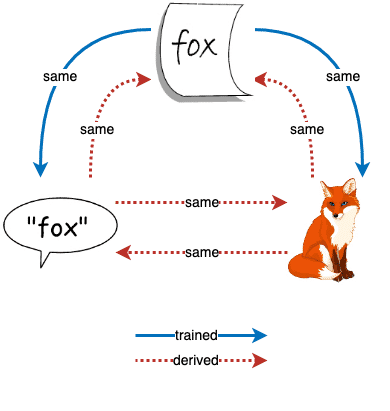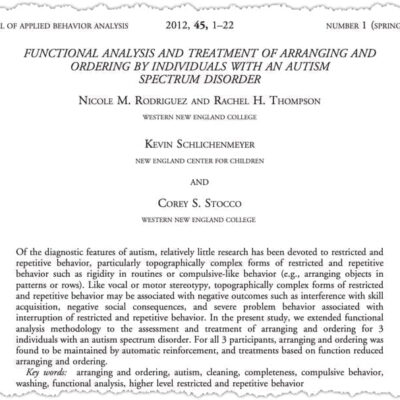4.33 Derived Stimulus Relations and Symbolism
One of the reasons derived stimulus relations are so interesting is that they provide a model for understanding the symbolism of language1. In this example from earlier, the trained and derived relations show how the spoken and written words serve as interchangeable symbols for the picture of the fox. Both the spoken and written forms of the word fox now “refer to” or “stand for” the image of an actual fox.
| Symbolism | Generativity |
|---|---|
| Words “refer” to other things What a word “refers” to is often its meaning | We can create and understand an infinite number of meaningful sentences |
- Hall, G. A. and Chase, Philip N. (1991). The relationship between stimulus equivalence and verbal behavior. The Analysis of Verbal Behavior, 9, 107-119.


This is an amazing thing that we humans do! Reading and speaking!